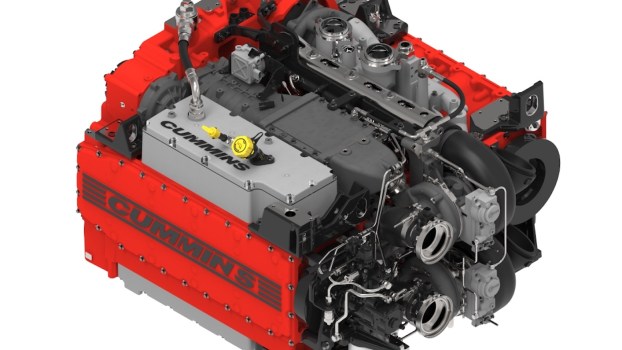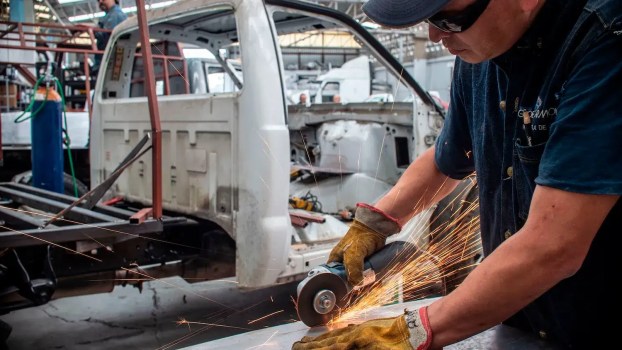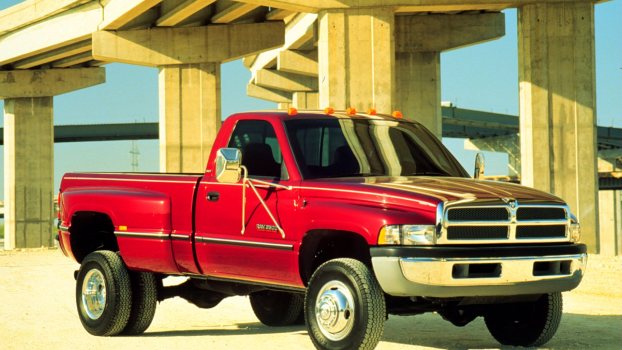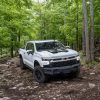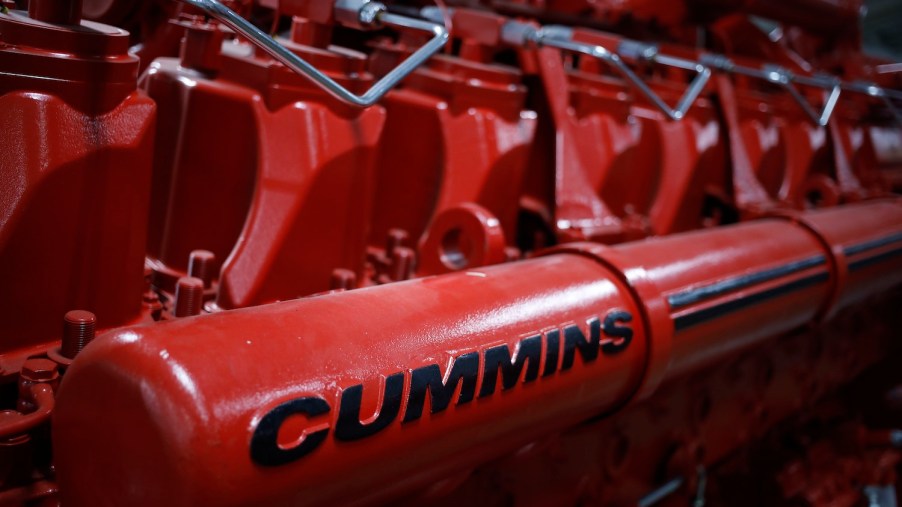
Meet The Cummins QSK95: A 5,100 Horsepower Diesel With 4 Turbochargers That You Definitely Can’t Swap Into Your Truck
The Cummins QSK95 is not just any diesel engine: it is a 5,100-horsepower, 95-liter, 16-cylinder locomotive engine. It’s not only the largest engine Cummins builds, but the company leverages technologies such as four turbochargers to give it more power and better emissions than similar engines. It can theoretically get a train up to 125 mph. But before you begin planning a swap into your truck, know that it’s eight feet tall and 14 feet long.
How fast does a locomotive’s diesel engine spin?
The Cummins QSK95 is a diesel engine for high-speed locomotives Its standard output version peaks at 4,400 horsepower when spinning a dizzying 1,800 rpm. It is the high-output tune that makes 5,000+ horsepower.
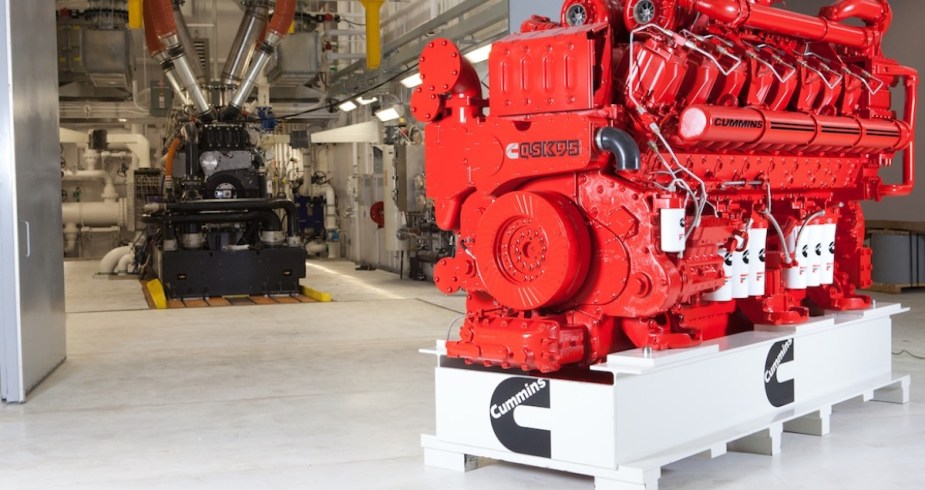
This 16-cylinder turbocharged diesel is not exactly quick to spool up. But it can hit 4,000 horsepower in 6-10 seconds. And for a train, that’s pretty good. Cummins estimates its top speed–depending on the train it’s in–could be 125 mph.
Why the focus on engine speed? Because Cummins engineered the QSK95 for high-speed trains. For example, the first one off the line went into a light rail passenger commuter train.
This relatively high rpm contributes to the engine’s fuel savings. I’m sure its gallons per mile aren’t anything to brag about. But overall, it meets the EPA’s “Tier 4” emissions standards. That qualifies this Cummins as “ultra clean power.”
How big is a diesel locomotive engine?
The biggest engine Cummins makes is the QSK95 locomotive engine. This turbodiesel is 14 feet long and eight feet tall. Its displacement? Ninety-five liters split between 16 cylinders.
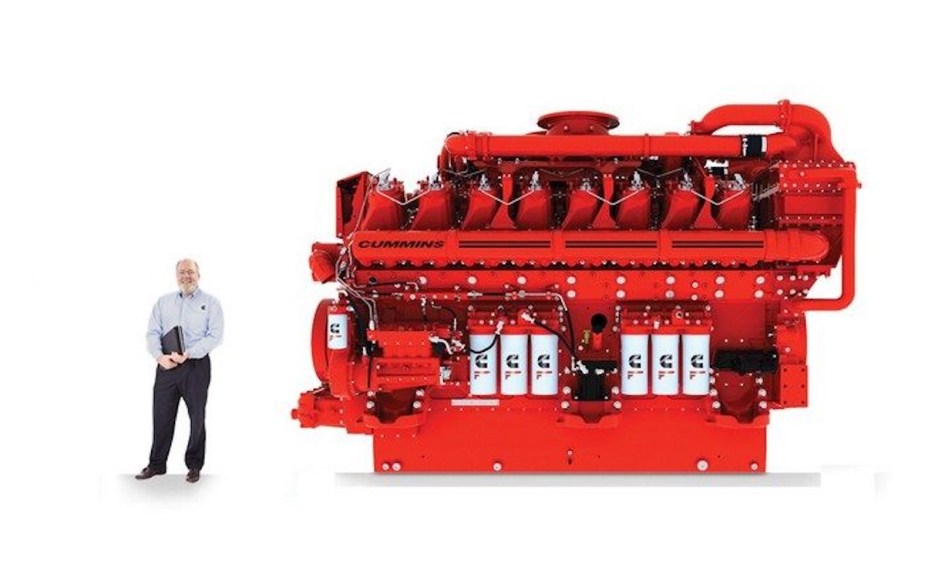
Many of Cummins’ high-speed diesel locomotive segment competitors are engines with 20 cylinders. One of the many reasons Cummins went for 16 with its latest engine is that fewer cylinders mean fewer moving parts, which–in turn–means less maintenance.
Cummins also did something interesting with the QSK95. It dropped the EGR system and replaced it with a simpler “selective catalytic reduction” system that leverages a catalytic converter and DEF to meet some of the EPA’s highest standards for emission reduction.
How much horsepower does a train have?
A ton! Cummins 95-liter diesel engineered for high-speed rail makes 4,400 horsepower (5,100 in its high-output tune). This is far too much horsepower for any regular transmission, which is why this engine is not actually connected to the train’s wheels.
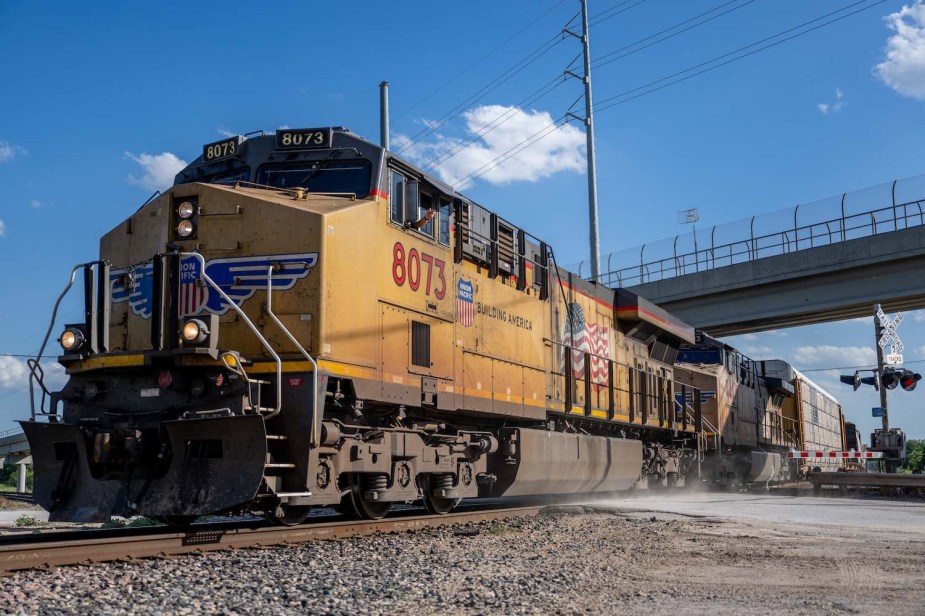
Most modern locomotives have a diesel engine, but it works more like a generator than a traditional motor. It generates a ton of electricity, which the train pipes to electric drive units that spin the wheels. These electric drive units make about 60,000 lb-ft of torque. No, that’s not a typo. And considering that a fully loaded train can weigh 200 tons, it needs all that get up and go!
So, the closest thing to a pickup truck with a locomotive engine swap might actually be an electric truck. In fact, Ram is working on a new range-extended electric truck with electric drive units and an internal combustion generator–much like a locomotive. Maybe its generator will even be a Cummins.
Read more about why the range-extended Ram Revolution will be as much locomotive truck, or see the ins and outs of how a diesel locomotive works in the video below:
